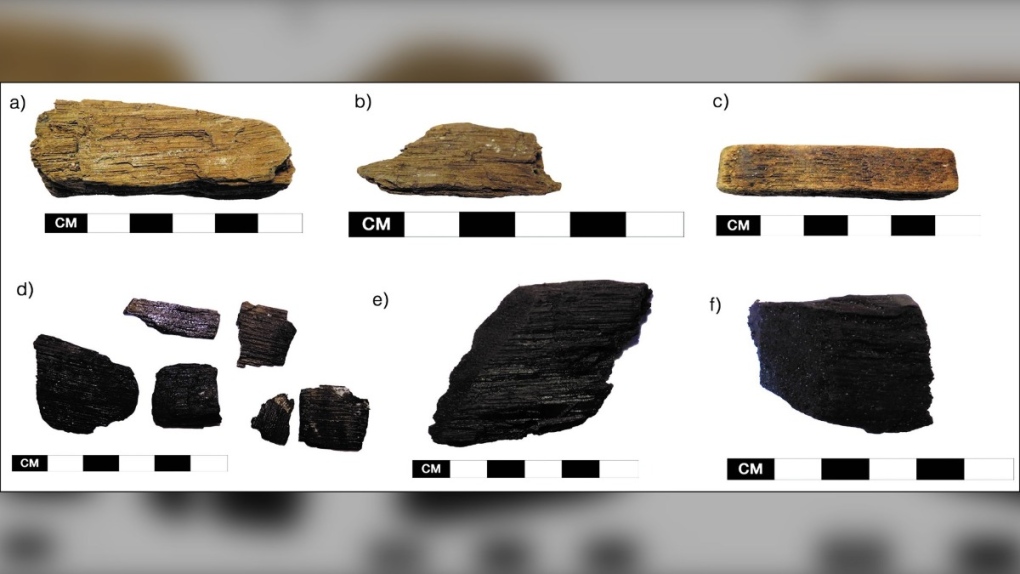New research has provided a clue into the extent that Norse colonists on Greenland used imported timber from not just northern Europe but also North America.
A recent study, published in the journal Antiquity, found that medieval Norse colonists, who settled Greenland from 985 to 1450, had acquired North American timber for much longer than previously thought.
Researchers say the study shows Norse voyagers also had the means of crossing the Davis Strait between Greenland and Baffin Island up until at least the 14th century.
“This confirms the historical sources, that the Norse did acquire wood from the east coast of North America,” a news release from Antiquity says.
The researchers say the colonists’ main exports included “exotic” goods such as ivory, walrus skin ropes, live polar bears and narwhal tusks, which would have been traded for necessities such as wood and iron from northern Europe.
They say that medieval sources suggest colonists imported timber from Norway and the northeast coast of North America, with the 11th century site L’Anse aux Meadows in Newfoundland — the only confirmed Norse site on the continent outside of Greenland — possibly serving as a staging post for expeditions.
Using a microscopic method called wood taxa analysis, the researchers attempted to distinguish between imported, drift and native wood from five Norse farmsteads in western and southwest Greenland.
One researcher, Lisabet Guomundsdottir from the University of Iceland, looked at wood from these sites, four being medium-sized farms and one described as a “high-status episcopal manor,” all of which were occupied at various points between 1000 and 1400.
 Wood-working debris and other unidentified objects: a–c) oak fragments from Igaliku; d) oak fragments from GUS; e) oak shaving from Igaliku; f) beech shaving from Igaliku. (Photographs by L. Guomundsdottir)
Wood-working debris and other unidentified objects: a–c) oak fragments from Igaliku; d) oak fragments from GUS; e) oak shaving from Igaliku; f) beech shaving from Igaliku. (Photographs by L. Guomundsdottir)
The researchers found that of the 8,552 pieces they identified 26 or 0.27 per cent were “unambiguous imports” that included oak, beech, hemlock and Jack pine.
Another 25 per cent were identified as potentially imported wood or driftwood, including larch, spruce, Scots pine and fir.
Of the total, eight pieces of wood, mostly shavings, originated from North America, including seven Jack pine and one hemlock.
The researchers say that because hemlock and Jack pine were not present in northern Europe during the early second millennium, the wood must have come from North America.
Most households, they say, would have used local woodland and driftwood, while native trees would have been unsuitable for larger projects such as shipbuilding and house construction. Instead, the colonists would have relied on imported timber and driftwood.
The use of imported wood also appears to have been limited to higher-status sites as a type of “luxury” item, the researchers add.





More Stories
Satellite built by N.B. students not responding a week after entering Earth’s orbit | Globalnews.ca
Cisco reveals security breach, warns of state-sponsored spy campaign
Ingenuity Mars Helicopter down but definitely not out | CBC Radio